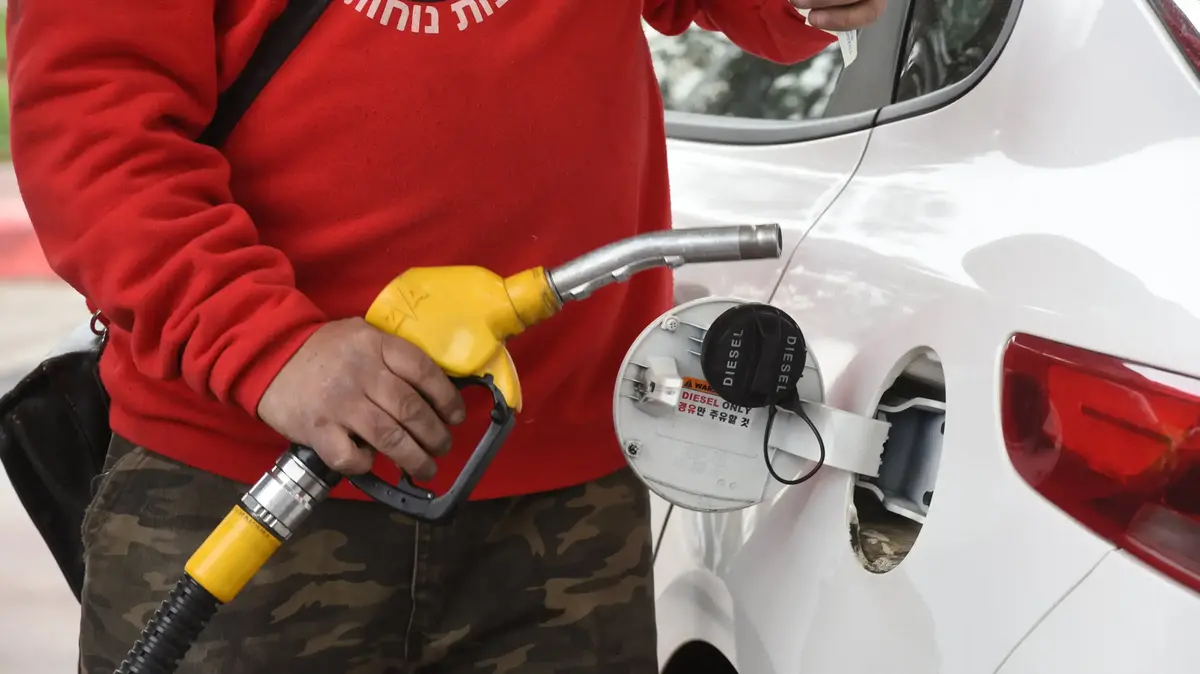The auto industry was forced to adopt a stricter standard, but continues to bluff/Ruben Castro
Five years ago, the new European standard for measuring the fuel consumption and range of electric vehicles, WLTP, came into force in Israel as well, which was supposed to finally realistically reflect these critical data.
Those who will determine how much money we will spend on gasoline or diesel fuel, how far we will drive in an electric vehicle between charges, and how much air pollution will be produced.
Until then, the cars were tested in the laboratory according to the old NEDC standard, in a test that lasted 20 minutes, a trip of 11 km was simulated at an average speed of 34 km/h and a maximum speed of 120 km/h. 66% of the test simulated intercity driving, showing reduced fuel consumption. A test in dreamlike conditions that produced numbers that were tens of percent far from those obtained in real life.
In 2015, the Volkswagen Dieselgate affair was revealed: a corporate effort to deceive the pollution tests on diesel vehicles, so that they would pollute much less during tests, but the rest of the time would show improved performance at the expense of air pollution. The Affair , which cost Volkswagen tens of billions of euros in fines and compensation to customers, and was also exposed in smaller dimensions among manufacturers such as Mercedes, Chrysler-Jeep and Opel, led the European Union to a decision to switch to a stricter measurement method, which will also include testing of additional gases and not just the CO2 on which it was based The old test.
The test was extended to 30 minutes, along 23 km and at an average speed of 46.5 km/h, with a peak speed of 131 km/h.
The share of the intercity trip was reduced to 48%.
The figures for gasoline and diesel consumption using the new method were about 20% lower, and the gap in the range of electric cars is even greater.
But now the International Council for Clean Transportation (ICCT), whose investigation together with the University of Virginia in the USA revealed the Dieselgate affair in 2015, is publishing a new report that reveals how different the WLTP data is from those of real life.
The gap may be smaller, but it definitely exists.
The new cars still consume much more fuel than the car manufacturers promise.
The organization compared the WLTP data with real data collected on spritmonitor.de, an online community where thousands of members can vote and compare the fuel consumption of their vehicles.
The test included nine prominent European car manufacturers, eight local and one Korean, all of which exceeded the official figures by 10.5% to almost 21%.
Mercedes was the one that presented the smallest average deviation, Opel presented the largest deviation (20.8%).
Exceeding the fuel consumption data increases his expenses and also the air pollution/image processing, Walla Studio
Manufacturer |
the deviation rate
1. Opel |
20.8%
2. Hyundai |
19.6%
3.Ford |
15.4%
4.Seat |
14.8%
5. Skoda |
14.6%
6. Audi |
12.1%
7. BMW |
12%
8. Volkswagen |
11.8%
9.Mercedes |
10.5%
More in Walla!
Pietro is celebrating a round birthday and you enjoy a once-in-60-years sale
In collaboration with Pitro
The ICCT refrains from publishing data on specific models of those manufacturers, but the German Bild brings up-to-date data from tests conducted by the German drivers' organization ACAC, revealing the five models that presented the biggest deviations from the manufacturer's data.
Model |
the deviation rate
Ssangyong Korando 1.5 liter OT |
25%
Renault Austral E-Tech Hybrid |
25%
Dacia Duster 1.33 4X4 Manual |
25%
Kia Oxide 1.5 mild hybrid Ot |
24%
Renault Clio 1.0 manual turbo |
24%
More on the same topic:
Fuel consumption
the automotive industry

